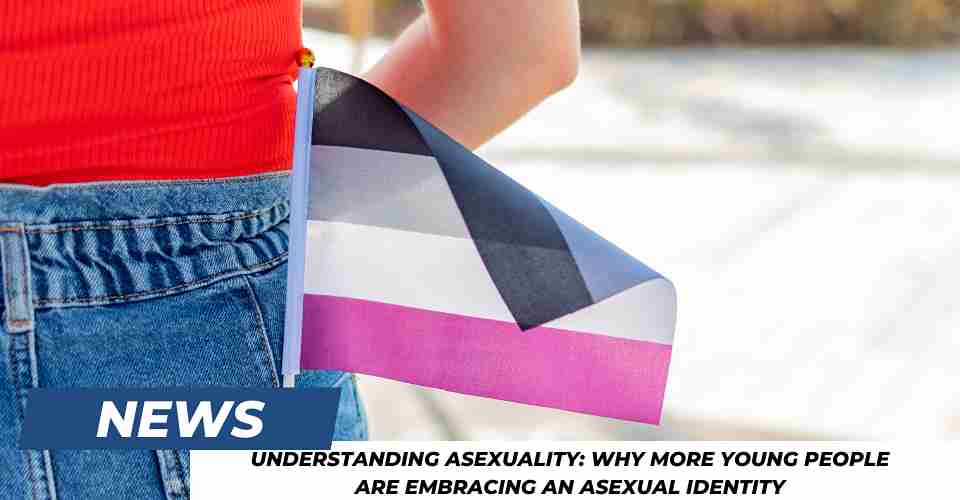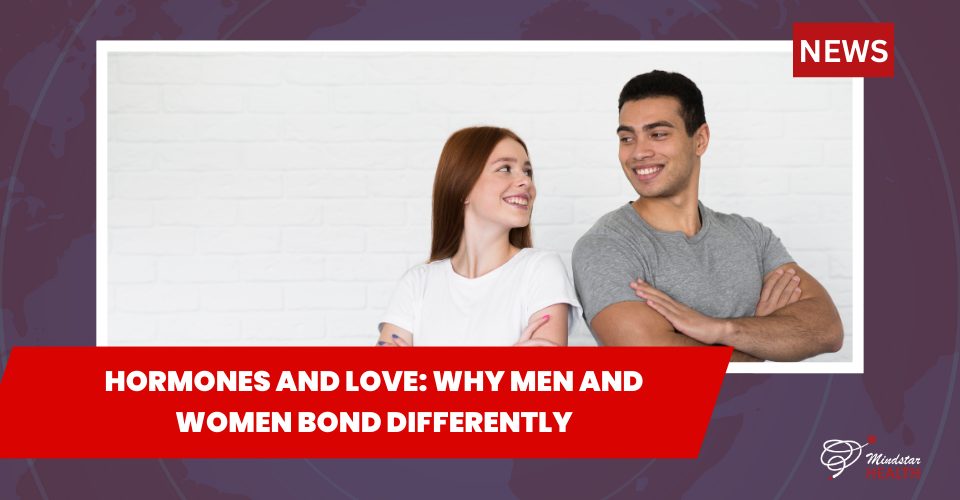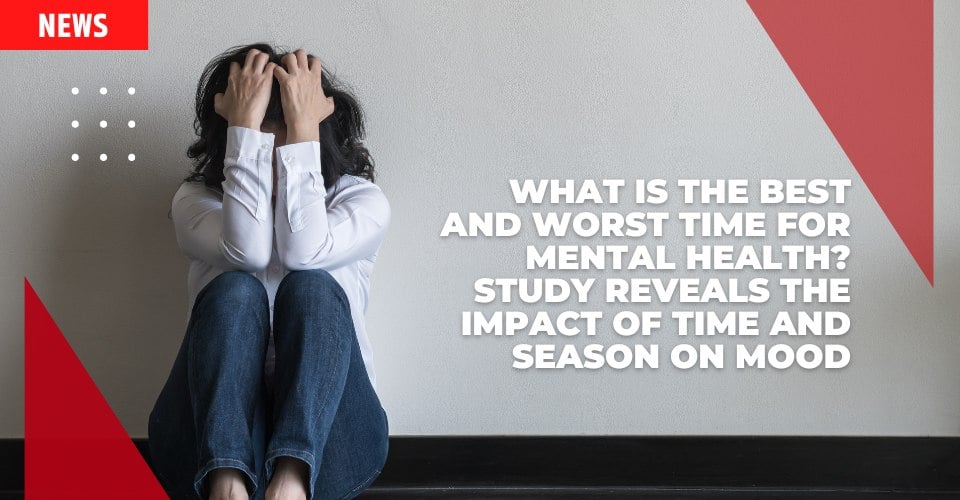In recent years, young asexuality has gained attention as more young people identify as asexual, meaning they experience little to no sexual attraction. This trend has sparked discussions among researchers and activists. Yasmin Benoit, a 29-year-old aromantic-asexual model and influencer, has partnered with King’s College London to study public attitudes toward asexuality. Their report highlights misconceptions and discrimination faced by asexual individuals, a group often overlooked in the LGBTQIA+ community.
Experts like Professor Michael Sanders note that many people hold negative views about asexuality, which can affect the well-being of those who identify as asexual. Interestingly, studies show that asexual individuals often report lower mental health compared to other groups. Some researchers suggest that factors like increased antidepressant use, which can lower libido, and the impact of online socializing might play a role in this trend.
While some see Young asexuality as a natural identity, others worry that framing it this way might discourage further research into its causes. For example, could mental health challenges or medication be influencing this rise? These questions remain unanswered, but the conversation is growing.
As society evolves, understanding asexuality and supporting those who identify as asexual is becoming increasingly important. What do you think about this trend? Let us know in the comments!





















Leave a Reply
You must be logged in to post a comment.